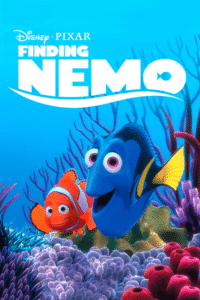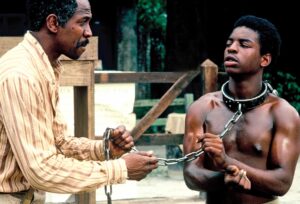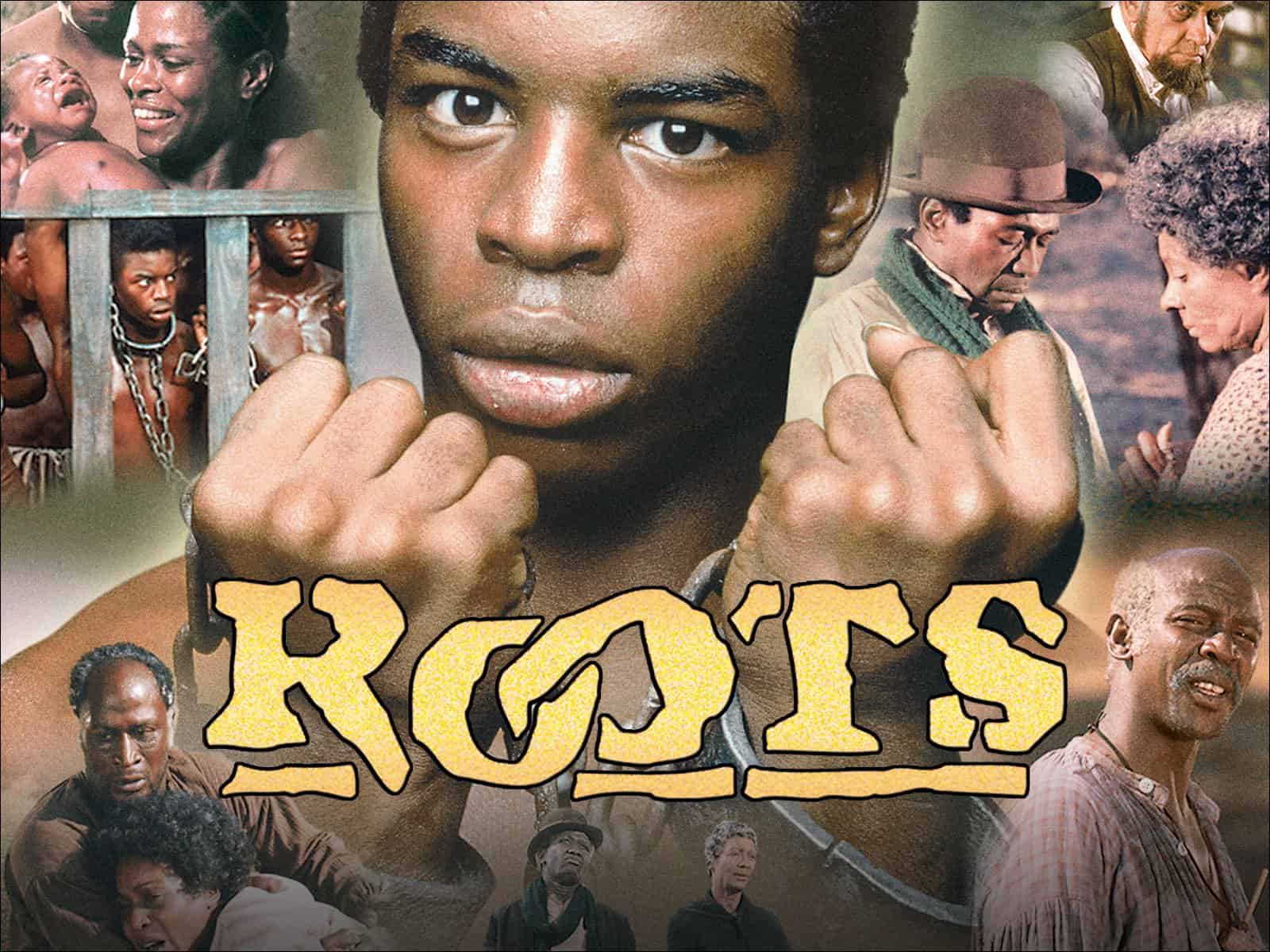Every once in a while, a wild thought hits you — one that sounds crazy at first, but the more you sit with it, the more it starts to make sense. That’s exactly what happened when I was rewatching Finding Nemo and suddenly realized:
This movie is basically Roots… just underwater.
Now, before you roll your eyes, hear me out. Strip away the animation, the bright colors, and the Pixar jokes — what you’re left with is a story about captivity, separation, survival, and the long swim home. Finding Nemo might be a kids’ movie, but the emotional blueprint runs parallel to Roots in ways that are too deep to ignore.
Let’s break it down.
1. The Abduction
In Roots, young Kunta Kinte is snatched from his homeland in Africa, thrown into slavery, and torn from everything he knows.
In Finding Nemo, a diver plucks Nemo from his coral home and drops him in a dentist’s fish tank — a prison with clear walls.
 Both are stories about being stolen from your home, both framed as the start of a long and painful transformation.
Both are stories about being stolen from your home, both framed as the start of a long and painful transformation.
2. A Parent’s Cry
Kunta’s mother’s wails echo through the village.
Marlin’s screams ripple through the ocean.
Different settings, same heartbreak: a family ripped apart by force, left praying their loved one is still alive somewhere.
3. Captivity and Conditioning
Kunta is beaten and forced to answer to a new name. Nemo is placed in a tank and told to “accept his new home.” Both are conditioned to forget freedom, to adapt, to stop dreaming of escape.
But deep down, neither does.
4. The Fight to Escape
Kunta runs.
Nemo plots.
One in chains, one behind glass — but both fueled by the same thing: the belief that home still exists and they can get back to it.
5. Mentors in the Darkness
In Roots, older slaves guide Kunta on how to survive. In Finding Nemo, characters like Gill and Dory teach Marlin and Nemo how to face fear and keep faith.
faith.
Wisdom becomes the weapon of the oppressed — a reminder that even in captivity, there’s community.
6. The Sea as a Symbol
In Roots, the ocean divides Africans from their homeland forever — it’s both a grave and a memory.
In Finding Nemo, the ocean is vast, dangerous, and sacred. It’s where the father’s love travels endlessly.
Same water, different purpose. One story crosses it to lose everything. The other crosses it to reclaim everything.
7. Trauma Passed Down
Marlin’s fear of the world shapes how he raises Nemo. Kunta’s trauma becomes generational — passed down through bloodlines.
Both teach us something powerful: trauma travels, but so does strength.
8. Homecoming and Redemption
When Nemo finally returns to the reef, it’s not just a physical reunion — it’s spiritual. He’s no longer the same fish. He’s tasted captivity, learned courage, and brought hope back with him.
Same with Roots. Freedom doesn’t erase the scars — it gives them purpose.
9. Freedom Means Remembering
The ultimate message in both?
Freedom isn’t just about escape. It’s about remembrance.
Kunta fights to keep his name. Nemo fights to return to his father’s. Both resist forgetting who they are — and that’s the real liberation.
10. The Hidden Message in Plain Sight
 Finding Nemo might make you laugh, cry, and quote “Just keep swimming,” but under that Pixar polish is a deep emotional current — one that mirrors generational stories of survival, loss, and reunion.
Finding Nemo might make you laugh, cry, and quote “Just keep swimming,” but under that Pixar polish is a deep emotional current — one that mirrors generational stories of survival, loss, and reunion.
It’s Roots for a world not ready to talk about slavery. It’s captivity reimagined as courage, trauma rewritten as adventure, and resilience turned into a children’s moral.
And maybe that’s why it hits so hard, even as adults. Because whether we come from the fields, the projects, or the coral reef — every one of us has been searching for home in some way.
Final Thought:
So next time you sit down to watch Finding Nemo with your kids, remember — that’s not just a fish story. That’s a story about survival. About identity. About never letting the world rename you.
Because even when you’ve been taken from everything you know, sometimes all you can do is keep swimming… and find your way back home.
